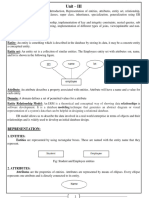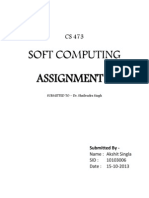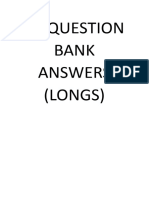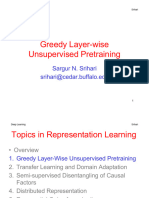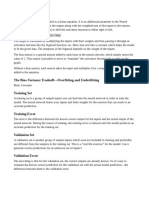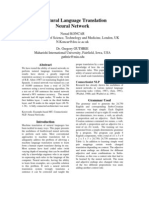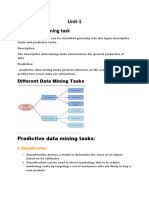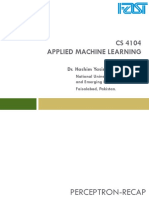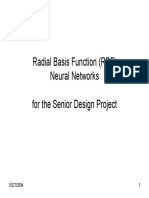100% found this document useful (1 vote)
95 views13 pages9.deep Feedforward Networks
Deep Learning
Uploaded by
KavithaCopyright
© © All Rights Reserved
We take content rights seriously. If you suspect this is your content, claim it here.
Available Formats
Download as DOCX, PDF, TXT or read online on Scribd
100% found this document useful (1 vote)
95 views13 pages9.deep Feedforward Networks
Deep Learning
Uploaded by
KavithaCopyright
© © All Rights Reserved
We take content rights seriously. If you suspect this is your content, claim it here.
Available Formats
Download as DOCX, PDF, TXT or read online on Scribd
/ 13





















